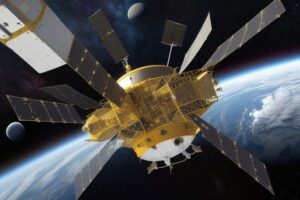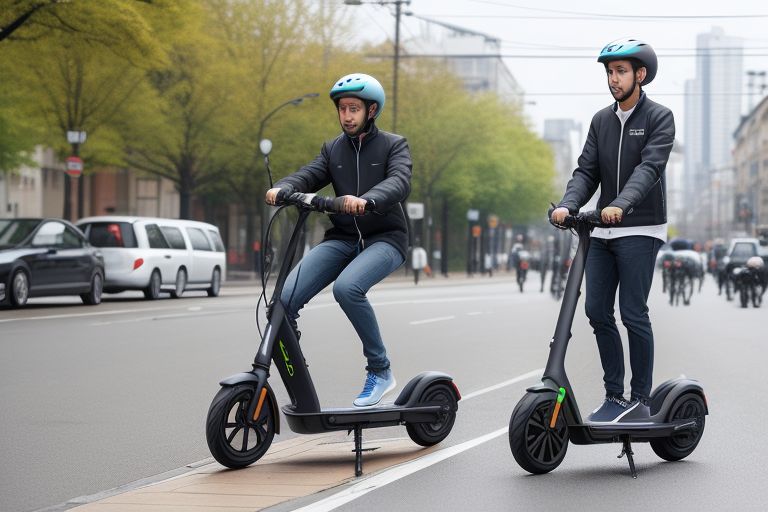The urban mobility landscape is undergoing a dynamic transformation as electric scooters, a popular mode of transportation in bustling cities, receive an innovative upgrade with self-balancing technology. This new feature not only enhances safety but also improves the usability of electric scooters, making them accessible to a broader range of users, from beginners to experienced riders.
A Leap Forward in Scooter Technology
The integration of self-balancing technology into electric scooters is a significant advancement. Originally developed for devices like the Segway, this technology uses sensors, gyroscopes, and algorithms to help maintain the scooter’s balance, effectively assisting riders during their commute. This addition addresses one of the main concerns associated with electric scooters: stability.
How Self-Balancing Technology Works
Self-balancing electric scooters are equipped with gyroscopic sensors that measure the tilt and motion of the scooter, providing data to a computer processor on board. This processor calculates the necessary adjustments in real-time to keep the scooter upright. Electric motors within the wheels respond instantly to these calculations, adjusting the speed of each wheel to maintain balance and direction. This technology significantly reduces the risk of falls and accidents, especially when maneuvering through crowded urban environments.
Enhanced Safety and Accessibility
Safety Features
With self-balancing technology, electric scooters become safer for all users. The enhanced stability is particularly beneficial in adverse weather conditions, such as rain or on slippery surfaces, where the risk of accidents increases. Furthermore, automatic speed control and emergency braking are integrated into the design, ensuring a safer ride.
Accessibility
This technological enhancement makes electric scooters more accessible to a wider audience, including those who may have been hesitant to use them due to balance issues. Elderly individuals and those with less physical agility can now consider electric scooters as a viable option for their commuting needs.
Impact on Urban Mobility
The adoption of self-balancing electric scooters can have a profound impact on urban transportation:
- Reduced Traffic Congestion: By providing a more stable and accessible option, these scooters may encourage more people to opt for this form of transportation over traditional cars, thus reducing traffic congestion.
- Eco-friendly Transportation: Electric scooters are already recognized for their low environmental impact. The addition of self-balancing technology could boost their usage, further contributing to reduced greenhouse gas emissions in urban centers.
- Enhanced Commuting Experience: These scooters can integrate smoothly into multi-modal transport networks, allowing riders to easily switch between different forms of public and personal transportation.
Future Developments and Market Trends
As self-balancing technology becomes more refined, future models of electric scooters are expected to incorporate even more advanced features, such as AI-driven navigation and real-time traffic integration, which could further revolutionize urban mobility.
The market for electric scooters is rapidly expanding, with increasing investments from companies aiming to capitalize on the growing demand for smart and sustainable transportation solutions. This trend is supported by urban policies promoting cleaner, more efficient modes of transportation.
Conclusion
The makeover of electric scooters with self-balancing technology marks a significant step forward in the evolution of urban mobility. By enhancing safety and accessibility, this innovation not only makes electric scooters more appealing but also supports broader efforts to transform urban environments into smarter, more sustainable spaces. As technology continues to advance, the potential for electric scooters to reshape cityscapes grows, promising a future where urban mobility is both enjoyable and environmentally responsible.




















+ There are no comments
Add yours